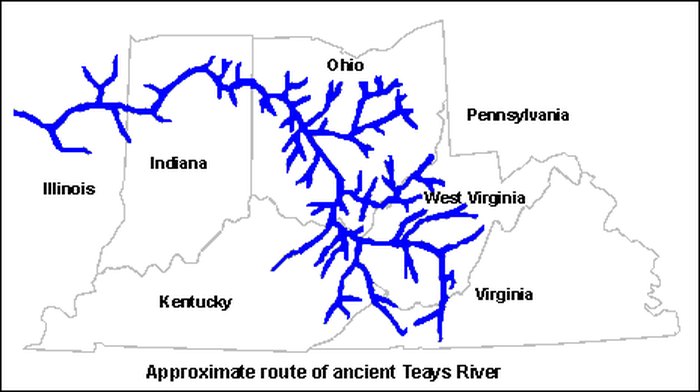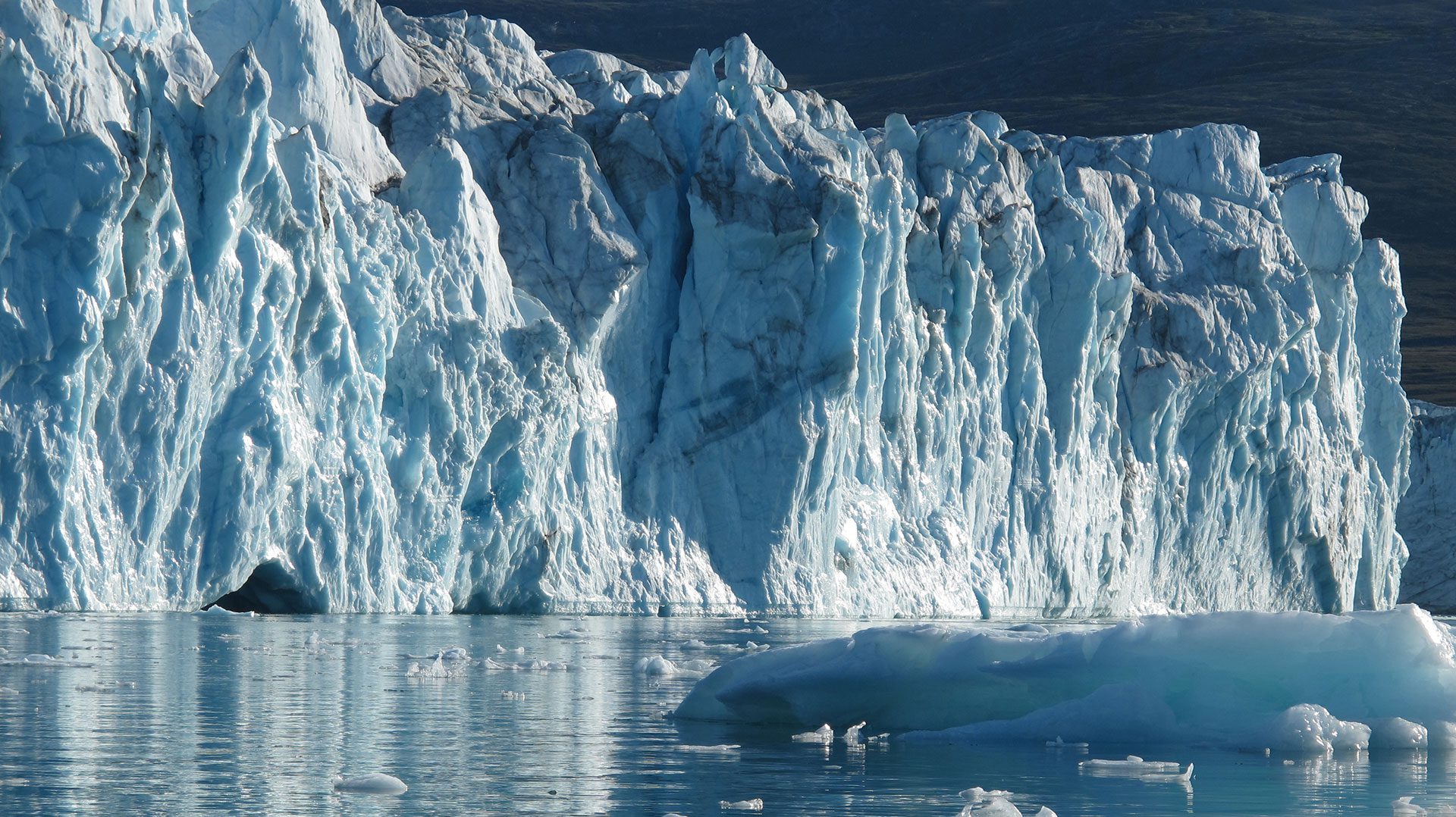Cincinnati, OH – June 13th – Ice
ICE – June 13th – Cincinnati, OH
Glaciers and the Ohio River
Glaciers are one of the most vital components of the Earth’s ecosystem, playing a crucial role in regulating the planet’s climate and providing water to millions of people around the world. These massive bodies of ice form over hundreds or thousands of years, through the accumulation of snow and ice in areas where the rate of snowfall exceeds the rate of melting. They are found in both polar and high-elevation regions, such as mountain ranges. Glaciers are critically important because, among other things, they work as the Earth’s air conditioner. They reflect sunlight and regulate the temperature of the planet. Glaciers are melting at an alarming rate worldwide due to climate change and this poses a significant threat to the environment as well as human life. The effects of melting glaciers can be devastating and far-reaching, raising sea levels throughout the planet and altering ocean currents resulting in extreme weather events like hurricanes and typhoons. They are a great reservoir of fresh water for the world. Although 75% of the surface of the planet is water, 97.5% is saltwater and within the remaining 2.5%, 70% is ice and the rest is liquid water. In other words, 1.8% of the Earth’s surface is ice and 0.75% is liquid freshwater.
The topography of North America has undergone significant changes over millions of years due to natural phenomena and geological events. The last ice age, which occurred around 2.6 million years ago, had a lasting impact on the continent’s landscape, particularly in the northern regions.
Before the last ice age, North America had a vastly different topography. The Great Lakes, which are now the largest group of freshwater lakes in the world, did not exist. Instead, the region was covered in vast ice sheets, up to two miles thick, that extended down from the polar regions.
During the ice age, as temperatures began to warm, the glaciers slowly began to melt, and the water from the melting ice rushed to fill the low-lying areas, eventually forming Lake Agassiz. This massive lake, named after Louis Agassiz, a Swiss-American glaciologist who first discovered the phenomena of the ice ages, was larger than all of the Great Lakes combined. Lake Agassiz was created by rivers being blocked by the glaciers, causing water to accumulate and form the lake. However, when the lake found outlets to Hudson Bay and Lake Superior, as well as the Mississippi River, it began to drain away. As a result, what remains today are only the remnants of Lake Agassiz, which are Lake Winnipeg and Lake Manitoba.
The formation and draining of Lake Agassiz had significant impacts on the region’s topography and ecology. For instance, the upper Missouri River, which now follows the present channel, used to drain into Lake Agassiz before the lake drained away. This change in the river’s path had lasting impacts on the land and wildlife that depended on it.
The present Ohio River follows the southern edge of the glaciers. This channel was maintained even after the glaciers retreated. The ancient Teays River, which once flowed across what is now West Virginia, was a vital geological and hydrological feature that shaped the region’s landscape and ecology for millions of years.
The Teays River was formed around 300 million years ago during the Paleozoic Era and was once one of the largest rivers in North America, rivaling today’s Mississippi River in size. However, the river disappeared from the surface around two million years ago during the Pleistocene Epoch due to the gradual retreat of glaciers.
The retreating glaciers left behind large moraines, which are deposits of rocks and sediments, that blocked the river’s path and caused it to divert underground. As a result, the Teays River became a subterranean river, flowing beneath the surface of the earth.

In an interesting twist of fate, a coal company in the area discovered the underground water source while drilling for coal. The company, realizing the potential value of the water source, switched its focus from coal mining to becoming a water provider for the surrounding communities.
Today, the Teays River continues to play a vital role in the region’s hydrology, supplying water to over two million people in West Virginia, Ohio, and Kentucky. It is estimated that the river has an annual flow of nearly 1.5 billion gallons of water, making it one of the largest underground rivers in the world.
The Sound of Ice
As the world continues to grapple with the impact of climate change, it’s becoming increasingly clear that studying the sound of ice may be a critical tool in the fight against this global crisis. Ice is an essential component of our planet’s ecosystem, playing a crucial role in regulating temperature, sea levels, and ocean currents. However, as temperatures continue to rise, the sound of ice is changing, providing an urgent warning sign that the world cannot afford to ignore.

“Ice sounds” are created by the movement and melting of ice, as well as by the wind and waves that interact with it. These sounds can range from the gentle creaking of sea ice to the explosive cracking of glaciers. By listening to these sounds, scientists can monitor how ice is being affected by temperature changes, measure the rate of ice melting, and track the impact of climate change on the environment.
Recent research has shown that ice sounds can be used to identify critical changes in the environment. A study published in the journal Geophysical Research Letters revealed that the sound of melting Arctic sea ice could predict future melting patterns and provide early warnings for potential environmental disasters. Similarly, another study published in the journal Science Advances found that the sound of glaciers could be used to track their movements and help predict when they may collapse, leading to devastating consequences such as sea-level rise.
However, despite the importance of studying ice sounds, many experts believe that we are not doing enough to listen to and analyze these critical environmental indicators. In a recent interview with The Guardian, Dr. Peter Wadhams, a professor of ocean physics at the University of Cambridge, argued that “far too little attention” has been paid to the sound of ice and the role it plays in climate change. He went on to say that “if we don’t take this seriously, we will be caught unawares by environmental catastrophes.”
As the world continues to face the challenges of climate change, it’s clear that listening to and studying the sound of ice will play a vital role in understanding and mitigating its impact. Governments and individuals alike must take responsibility for reducing carbon emissions, promoting renewable energy sources, protecting natural habitats, and investing in scientific research to better understand and address this critical issue.
The sound of ice is far more than just an auditory curiosity; it’s a critical environmental indicator that provides valuable insights into the impact of climate change on our planet.
Sources:
https://itv.es/icemakers/en/why-is-ice-so-important-for-the-earth/
https://en.wikipedia.org/wiki/Teays_River
https://www.exploratorium.edu/climate/ice
https://www.sjsu.edu/faculty/watkins/iceage.htm
